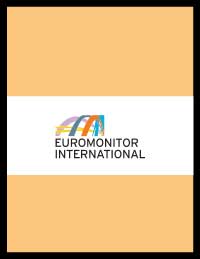Energy drinks is the other robustly performing category, along with sports drinks. Whilst energy drinks took a hit during the pandemic lockdowns, off-trade volume growth has followed a most positive trajectory over the review period and this continues to be supported by consumers returning to their out-of-home lifestyles, during which they seek an energy boost. For example, energy drinks are popular among students, office workers, and drivers, who want to stay focussed for their tasks.
Euromonitor International’s Energy Drinks in Lithuania report offers a comprehensive guide to the size and shape of the market at a national level. It provides the latest retail sales data (2019-2023), allowing you to identify the sectors driving growth. It identifies the leading companies, the leading brands and offers strategic analysis of key factors influencing the market – be they legislative, distribution, packaging or pricing issues. Forecasts to 2028 illustrate how the market is set to change.
Product coverage: Reduced Sugar Energy Drinks, Regular Energy Drinks.
Data coverage: market sizes (historic and forecasts), company shares, brand shares and distribution data.
Why buy this report?
* Get a detailed picture of the Energy Drinks market;
* Pinpoint growth sectors and identify factors driving change;
* Understand the competitive environment, the market’s major players and leading brands;
* Use five-year forecasts to assess how the market is predicted to develop.
Euromonitor International has over 40 years’ experience of publishing market research reports, business reference books and online information systems. With offices in London, Chicago, Singapore, Shanghai, Vilnius, Dubai, Cape Town, Santiago, Sydney, Tokyo and Bangalore and a network of over 800 analysts worldwide, Euromonitor International has a unique capability to develop reliable information resources to help drive informed strategic planning.



